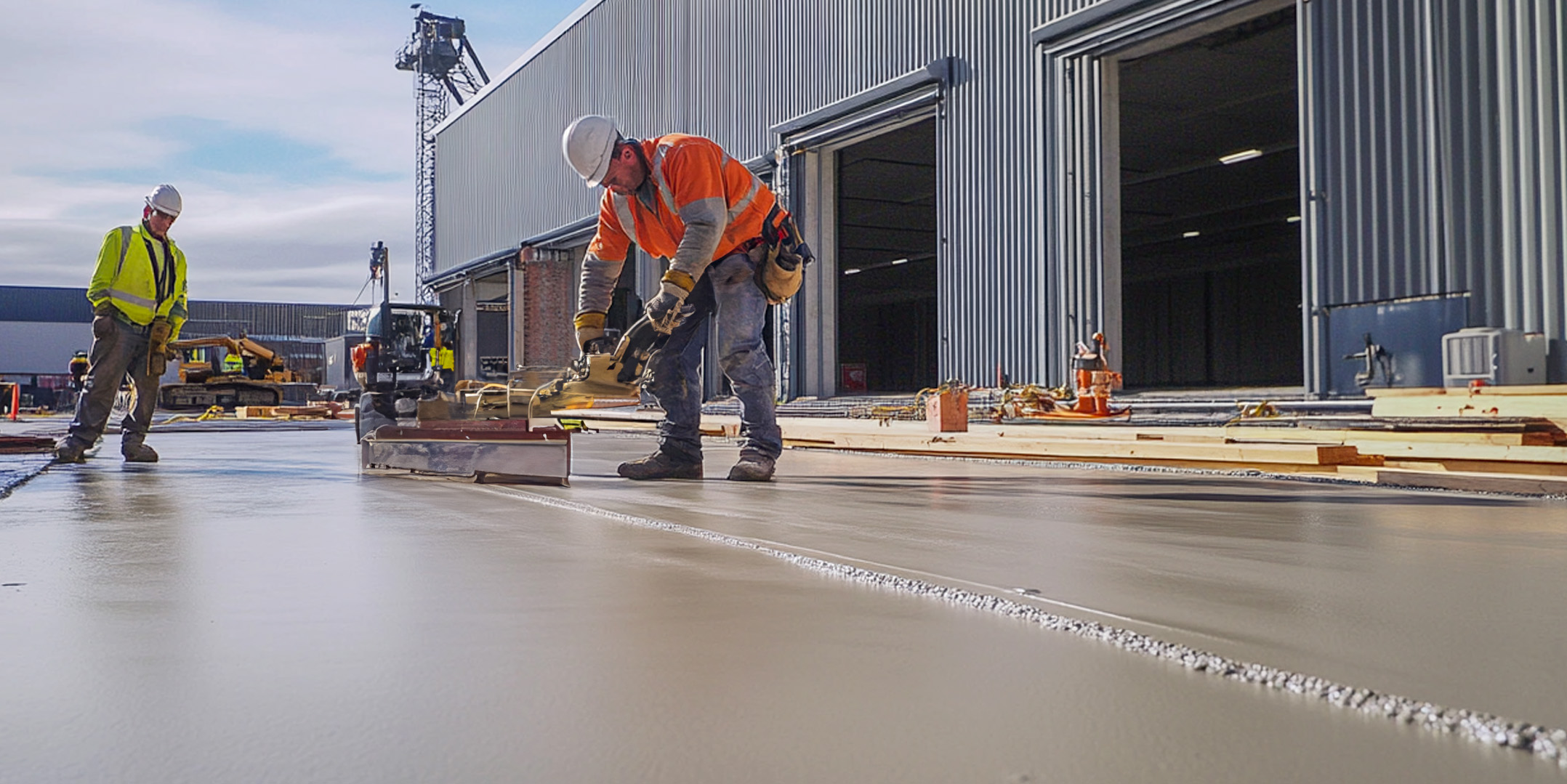CATEGORIES:
Installing A Commercial Tornado Shelter - Essential Do’s and Don’ts
August 27, 2024

Having a reliable commercial tornado shelter is important, but it’s not just about picking and installing a shelter. First, you must make informed decisions to ensure the safety and well-being of your team, customers, or anyone on your commercial site. There are many factors to consider that will impact the effectiveness of your shelter.
In this post, we’ll walk you through the critical do's and don'ts of installing a commercial tornado shelter so you can avoid some common mistakes and ensure that your shelter is compliant AND that you’re fully prepared to provide protection when needed. These tips will guide you toward making the best choices for your business.
First, let’s dive into the Do’s. Here are some tips for commercial tornado shelters:
- Do Conduct a Thorough Site Assessment: Ensure the chosen location for your Survive-A-Storm Shelter is accessible, meets local zoning laws, and is in a structurally sound area that minimizes risks during a tornado. Consider the site’s proximity to high-risk areas and the impact during a tornado. Factors such as soil type, slope, and drainage should also be considered. Depending on the shelter type, you may require asphalt or earth removal if it’s to be installed underground. If it’s above-ground, a slab will be necessary. An on-site or virtual site visit will be necessary to assess your site's needs and suitability.
- Do Follow All Regulatory and Compliance Guidelines: Adhere to all local, state, and federal regulations, including FEMA guidelines, ADA accessibility standards, and building codes specific to tornado shelters. Your rep from Survive-A-Storm can guide you through the details, but when it comes to commercial space, there are rules and regulations, just like in other areas of your business.
- Do Choose the Right Size and Capacity: Ensure the shelter can accommodate the maximum number of people who might need protection during a tornado, considering employees, customers, and visitors. Once you have that number, your Survive-A-Storm rep can recommend which models fit your needs. FEMA requires a minimum of 5’ per person for commercial or community shelters.
- Do Invest in Quality Construction Materials: Use durable, tornado-rated materials that meet or exceed industry standards to ensure the shelter's structural integrity during a storm. If you’re purchasing a Survive-A-Storm Shelter, we’ve got you covered. Survive-A-Storm Shelters meet or exceed all NSSA, FEMA 320, and ICC-500 building codes. Our shelters can withstand the devastating forces of an EF5 tornado with winds in excess of 250 mph.
- Do Plan for Maintenance and Inspections: Be sure to annually inspect and regularly maintain the shelter to ensure it remains in good condition, free of rust or structural damage, and is ready to use at a moment's notice. Take photos during each annual inspection to document the condition and maintain your shelter’s warranty.
While knowing what to do is crucial, it’s equally important to be aware of the pitfalls that can undermine the effectiveness of your commercial tornado shelter. Even with the best intentions, certain mistakes can compromise safety, regulatory compliance, or the overall functionality of your shelter.
To help you avoid problems, here are the top Don’ts to keep in mind for your commercial tornado shelter:
- Don't Overlook Emergency Supplies: Stock the shelter with emergency supplies, such as water, first aid kits, and communication tools, to ensure the safety and comfort of those inside. A battery-powered weather radio, flashlight, and extra batteries should be included. This will help you stay informed during a power outage and know when it is safe to come out of your shelter.
- Don’t Ignore Employee Training: Installing a shelter without training employees on how to use it, including emergency procedures, can lead to confusion and panic during an actual tornado event. During the onboarding process, ensure new employees are informed about severe weather plans and shelter locations. And don’t forget recurrent training. When the yearly inspection of your shelter takes place, send out a reminder about tornado procedures to all employees.
- Don’t Cut Corners on Installation: Avoid using unqualified contractors or subpar installation practices to save money, as this can compromise the shelter's effectiveness, safety, and void the shelter’s warranty. When you've invested in a tornado shelter, quality installation is essential to protect that investment and ensure everyone’s safety.
- Don’t Forget Accessibility: Ensure the shelter is accessible to all employees and visitors, including those with disabilities, and that clear paths are maintained at all times.
Installing a commercial tornado shelter is one of the most critical steps to protect your team, customers and site visitors during severe weather. It will ensure compliance with safety protocols and provide peace of mind to all on-site.
Your commitment to safety and preparedness will safeguard against the unpredictable forces of nature, helping to protect what matters most. Don’t hesitate to consult with experts at Survive-A-Storm Shelters to get started on a commercial tornado shelter for your business.




